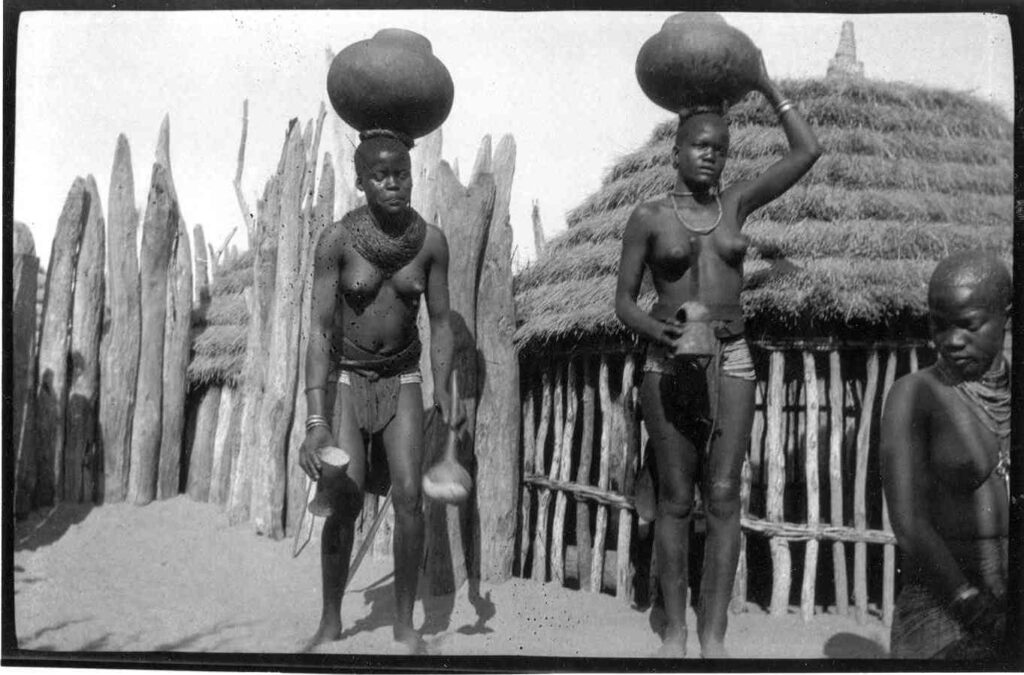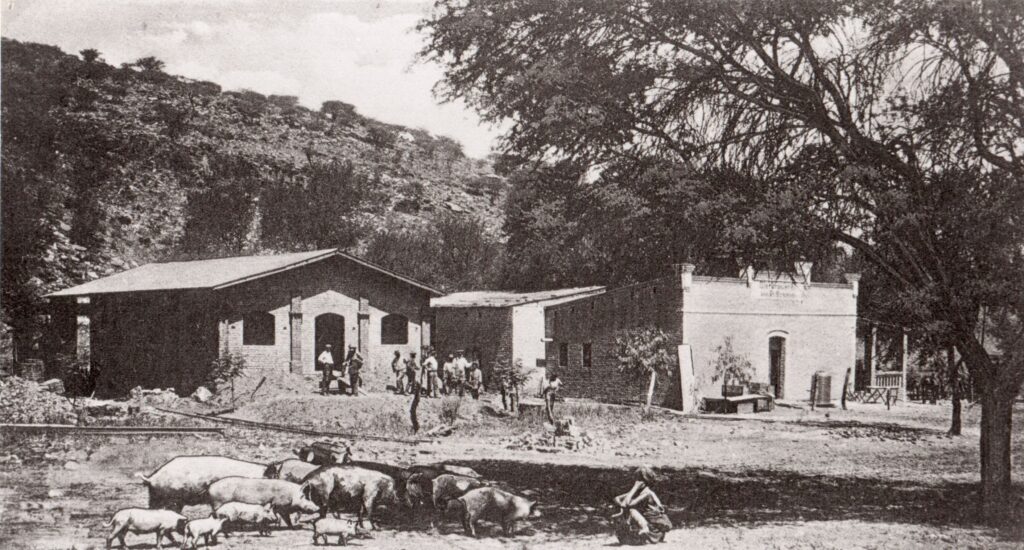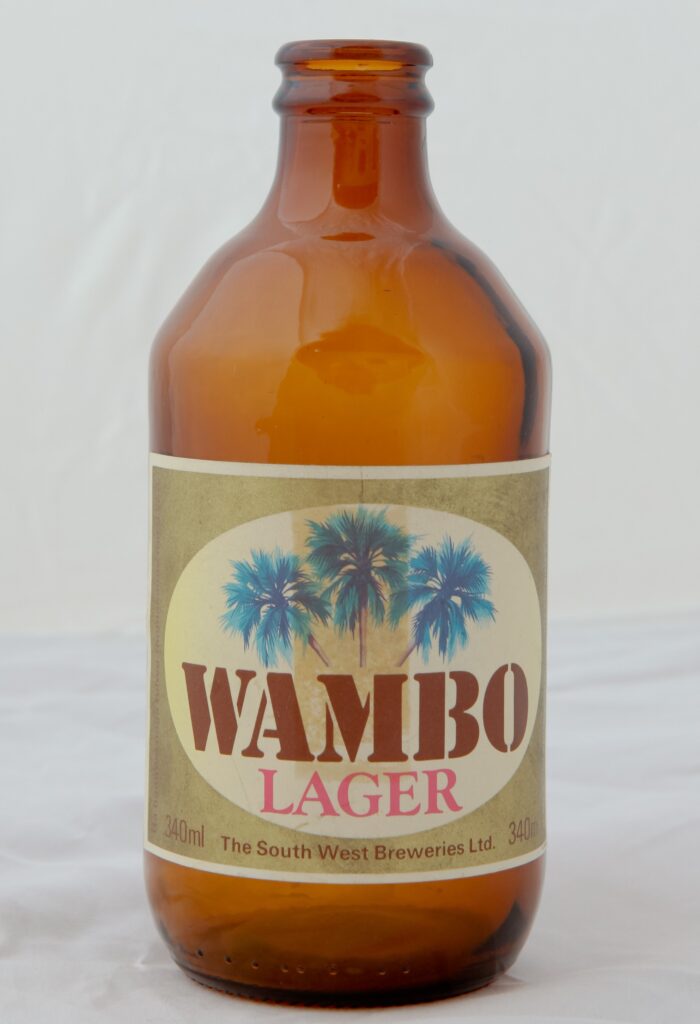By: Tycho van der Hoog (Leiden University)
Originally Published 25 September 2020 [LINK TO ORIGINAL]
Namibians love their beer – whether you find yourself at one of the busy bars in Windhoek, a cosy shebeen, or at a festive sundowner, beer is an integral part of daily life. It should be no surprise that Namibia Breweries Ltd. is one of the largest and best known private companies in the ‘Land of the Brave’, and its fame transcends national borders. Namibian beer is enjoyed in almost twenty countries across the globe and is therefore an important symbol of Namibia itself. But what do we know about its history?
Hidden behind your favourite bottle of lager reside many fascinating and sometimes problematic stories. Did you know, for instance, that for decades the black population was not legally permitted to drink beer because of colonial politics? This situation only changed in 1969. During the past century, Namibian beer has made a remarkable transformation from an icon of apartheid to a symbol of an independent nation.
The story about apartheid, and many others, is now recorded in my book Breweries, Politics and Identity: The History Behind Namibian Beer. This book is based on extensive research in Namibia’s archives and also on interviews with many key players in the beer industry. 2020 is a special year for the national beer industry, as Namibia Breweries celebrates its centennial birthday. In honour of this occasion, let us take a brief look at the history of beer brewing in Namibia.
Pre-Industrial Brewing
The earliest written record that reflects the consumption of beer in Namibia dates from 1779, when a European explorer encountered a San family sitting around a pot of beer. But Namibians have surely been brewing beer and other alcoholic drinks before this date, probably since time immemorial.

While searching through the archives of Namibia I found several old recipes for beer, such as sugar beer and honey beer. The recipes showcase the inventiveness of humans as they contain all sorts of ingredients: potatoes, the crushed bark of the Omuama tree, peas, mealie-meal and many more. Today, a vibrant culture of home brewing continues to exist.
The First Breweries
When German South West Africa was formally established in 1884, a growing number of Germans and other European settlers found their way to the south-western coast of Africa. Drinking beer was clearly their main leisure activity, as in the early days of the German Protectorate, one third of all business licences were concerned with alcohol. And in Windhoek alone there was one bar for every 41 settlers!

At first the German settlers imported their beer from Germany. This was, however, an expensive and inefficient business. So, fairly quickly after German rule was established, industrial breweries popped up across the protectorate. The very first brewery was most probably the Swakopmunder Brauerei, established in early 1900. Soon other towns followed with their own breweries.
In 1914, South African soldiers invaded German South West Africa as part of the First World War. This military event caused an economic depression and the departure of many Germans, which resulted in difficult circumstances for the various small breweries in the protectorate. Most did not survive.
In 1920, two young German bankers, Hermann Ohlthaver and Carl List, bought four of the largest breweries and merged them into one company: South West Breweries. The main brewery was located on Tal Street, in the building that currently houses The Brewers Market. Many decades later, South West Breweries changed its name into Namibia Breweries.
Beer Halls
Governments always have a special interest in beer. Not only because of the tax revenue that often makes up a significant part of state budgets, but also for political reasons: almost everyone drinks beer. The South African apartheid state decided to use alcohol as a political instrument and legislated prohibition against black people drinking.

The liquor law was difficult to maintain, as many people turned to home brewing. The government responded aggressively. In the 1950s in the city of Windhoek, liquor accounted for nearly 60 percent of all criminal cases of the black population, and nearly 90 percent of all the fines! The authorities also conducted raids to demolish home brewing installations.
As a way of compensation, beer halls were established in every township throughout the country. In a beer hall, the black population was allowed to drink a watered down version of beer, and the revenues of these establishments were used to fund the state. In 1969 the racist liquor law was repealed, and beer became available for everyone. The large number of shebeens and other drinking establishments throughout Namibia is testament to this.
Transformation
A number of factors contributed to the transformation South West Breweries into the company that it is today. Surprisingly, the civil war in Angola is among them. Many merchants in the northern part of South West Africa used to be dependent on the smuggling of cuca beer from Angola. When the civil war erupted, the smuggling suddenly stopped, and this was the opportunity for South West Breweries to sell their beer instead, both to black Namibians and white soldiers stationed there. From then onwards, production boomed.
Another factor was the introduction of the 1516 German Purity Law (Reinheitsgebot) in the 1980s, which strictly regulated ingredients and allowed the brewery to market their beer as a premium product. But the most important was the advent of Namibian independence in 1990. The company changed its name to Namibia Breweries and became one of the crown jewels of the newly independent country.

I am always looking for more information about the history of beer in Namibia. If you have stories to share regarding the production and consumption of beer, do not hesitate to contact me!
